Dr. Sulbha Arora helped a couple with PCOS, hydrosalpinx, and low sperm motility conceive
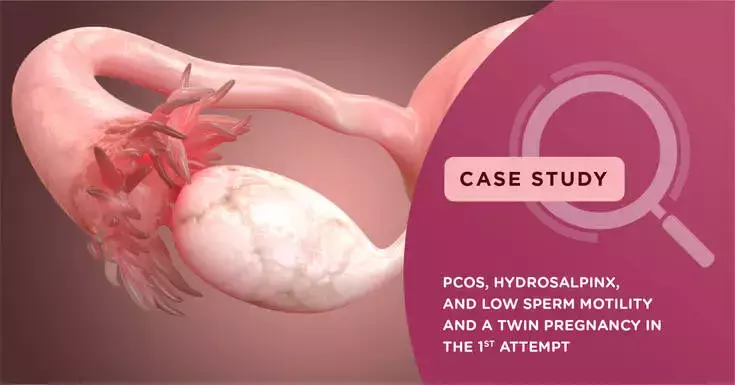
A professional software couple, Mr and Mrs A*, married for 4 years, approached Dr Sulbha Arora, IVF & Fertility specialist at Nova IVF Fertility, Andheri in August 2020. Upon discussion, Dr Sulbha Arora found that they could not conceive naturally after trying for 3 years.
The woman had a history of PCOS. The couple could not conceive even after trying scheduled relations, multiple cycles of ovulation induction, follicular monitoring, and one IUI cycle.
Finally, after doing an internet search, they learnt about Nova's success stories and came to our Andheri facility to meet with Dr Sulbha Arora, one of Mumbai's best IVF experts.
Case study and way forward
A thorough medical investigation was carried out for both husband and wife. The wife underwent a baseline ultrasound and hormonal profiling. The ultrasound revealed that she had a right-sided hydrosalpinx. The study of Mr A revealed low sperm count and motility upon sperm analysis.
Understanding hydrosalpinx
Hydrosalpinx is a condition when the woman's fallopian tube is blocked and filled with fluid due to injury, pelvic inflammatory disease, or infection.
The probability of success is low if IVF is begun before the surgery to remove the damaged tube. For ensuring maximum chances of success, surgery should take place before the IVF cycle.
Understanding PCOS
The condition Polycystic Ovarian Syndrome (PCOS) alters a woman's hormone levels.
PCOS causes women to create more male hormones than they should. This hormonal imbalance leads them to failure to ovulate, making it difficult for them to conceive.
Dr Sulbha Arora, before advising IVF for PCOS women, recommends lifestyle modifications where required, to ensure weight reduction, stress reduction, following a healthy diet, hormonal correction if needed, and counseling depending on the severity and stages of PCOS.
Treatment at Nova IVF Fertility, Andheri, Mumbai
Mrs A underwent laparoscopic delinking of the hydrosalpinx in November 2020. The swollen tube was delinked from the uterus to protect the uterine cavity from the toxicity of the fluid collected in it. The other tube was left alone as it was healthy and normal.
Mrs A, after that, underwent an ICSI cycle with us under the monitoring of Dr Sulbha Arora in December 2020. Ten blastocysts were frozen as a result of this successful procedure. In March 2021, they had a frozen embryo transfer, where two blastocysts were thawed, transferred, and implanted in her healthy uterus.
The couple became pregnant with twins during their first IVF attempt and is now in their first trimester. The pregnancy is going swimmingly.
Understanding ICSI-IVF and FET
During traditional IVF, many sperm are mixed with an egg in the hopes that one of them may penetrate and fertilize the egg on its own. In ICSI-IVF, a single sperm is injected into the egg. This is especially beneficial for couples with low sperm counts & motility.
The treatment with ICSI-IVF has helped many infertile couples conceive when otherwise would not be possible with their own eggs and sperm.
Understanding FET
A fresh embryo transfer is done 5 days after the egg pick-up in the same IVF cycle. On the day of egg pick-up, the eggs are retrieved from the ovaries, and fertilized with the sperms in the embryology laboratory. They are then kept in the incubator for them to develop to blastocyst stage before transferring them back into the woman’s uterus. A blastocyst is the stage an embryo reaches typically 5 days after the egg pick-up.
In FET, instead of being placed back into her uterus on day 5 or 6, the embryos are frozen. Although not required in all cases, freezing of all embryos may be advised for you in certain situations such as high number of eggs retrieved (as in this couple’s case), or elevated estrogen or progesterone levels before trigger, as these conditions are not ideal for a fresh embryo transfer. It may also be recommended if the endometrium is thin or develops a pathology such as a polyp during stimulation. When pre-implantation genetic testing is planned to detect chromosomal or genetic abnormalities in the embryos, the embryos have to be frozen while the genetic report is awaited, and then transferred in the next cycle. In most other cases, a fresh embryo transfer is usually carried out and only surplus embryos, if any, may be frozen.
*DISCLAIMER:
The client names have been withheld to protect their identity.
 Infertility Counselling
Infertility Counselling Female Infertility Treatment
Female Infertility Treatment Andrology Treatment
Andrology Treatment Fertility Enhancing Surgeries - Female
Fertility Enhancing Surgeries - Female Fertility Enhancing Surgeries - Male
Fertility Enhancing Surgeries - Male Endoscopy Treatment
Endoscopy Treatment IUI Treatment
IUI Treatment IVF Treatment
IVF Treatment ICSI Treatment
ICSI Treatment Advanced IVF Solutions
Advanced IVF Solutions Embryology
Embryology Vitrification Egg, Embryo, Sperm Freezing
Vitrification Egg, Embryo, Sperm Freezing Preimplantation Genetic Testing (PGT)
Preimplantation Genetic Testing (PGT) Donation Program Embryo / Egg / Sperm
Donation Program Embryo / Egg / Sperm Self-cycleTM IVF
Self-cycleTM IVF

 Self-cycleTM IVF
Self-cycleTM IVF


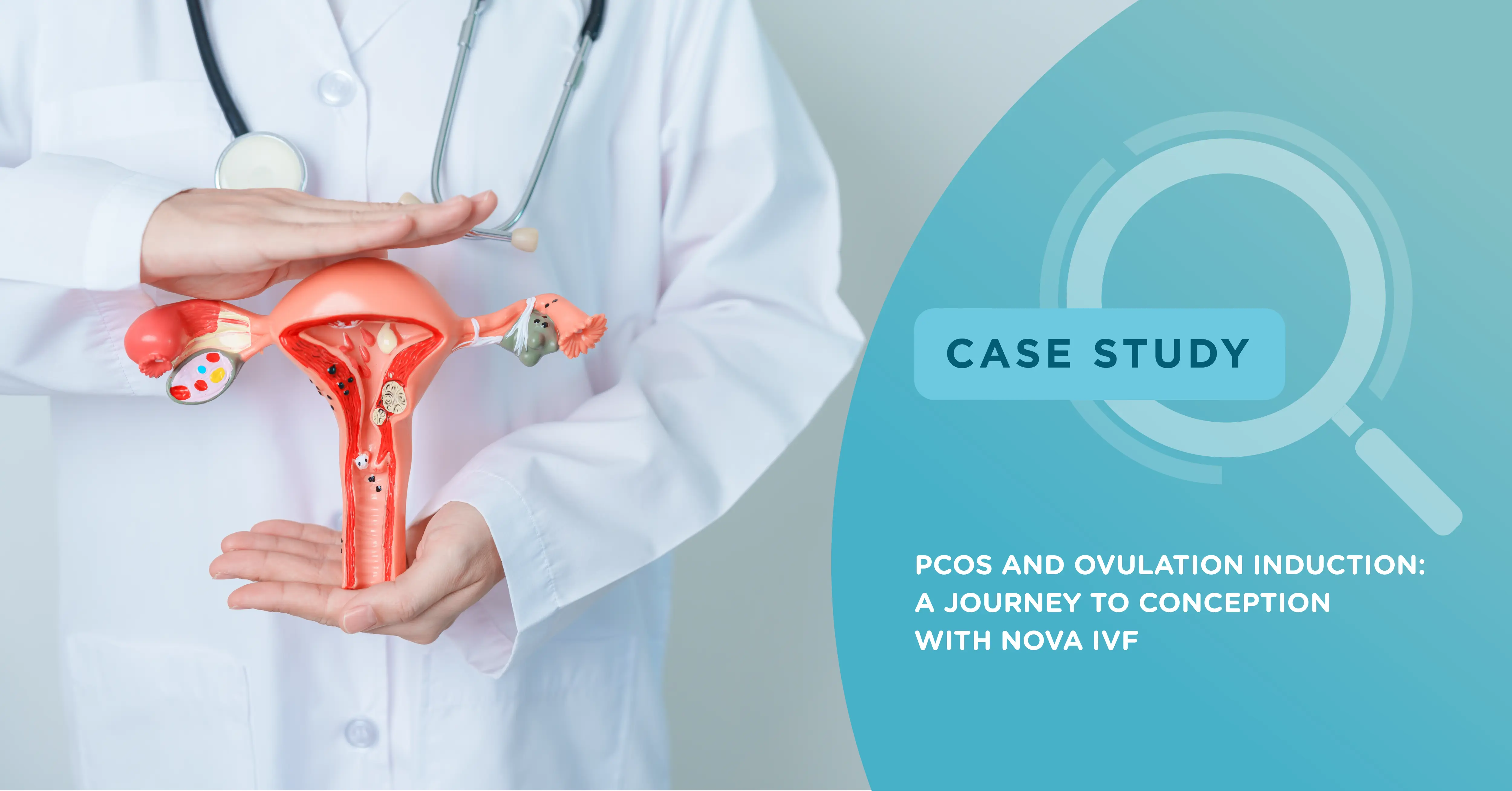
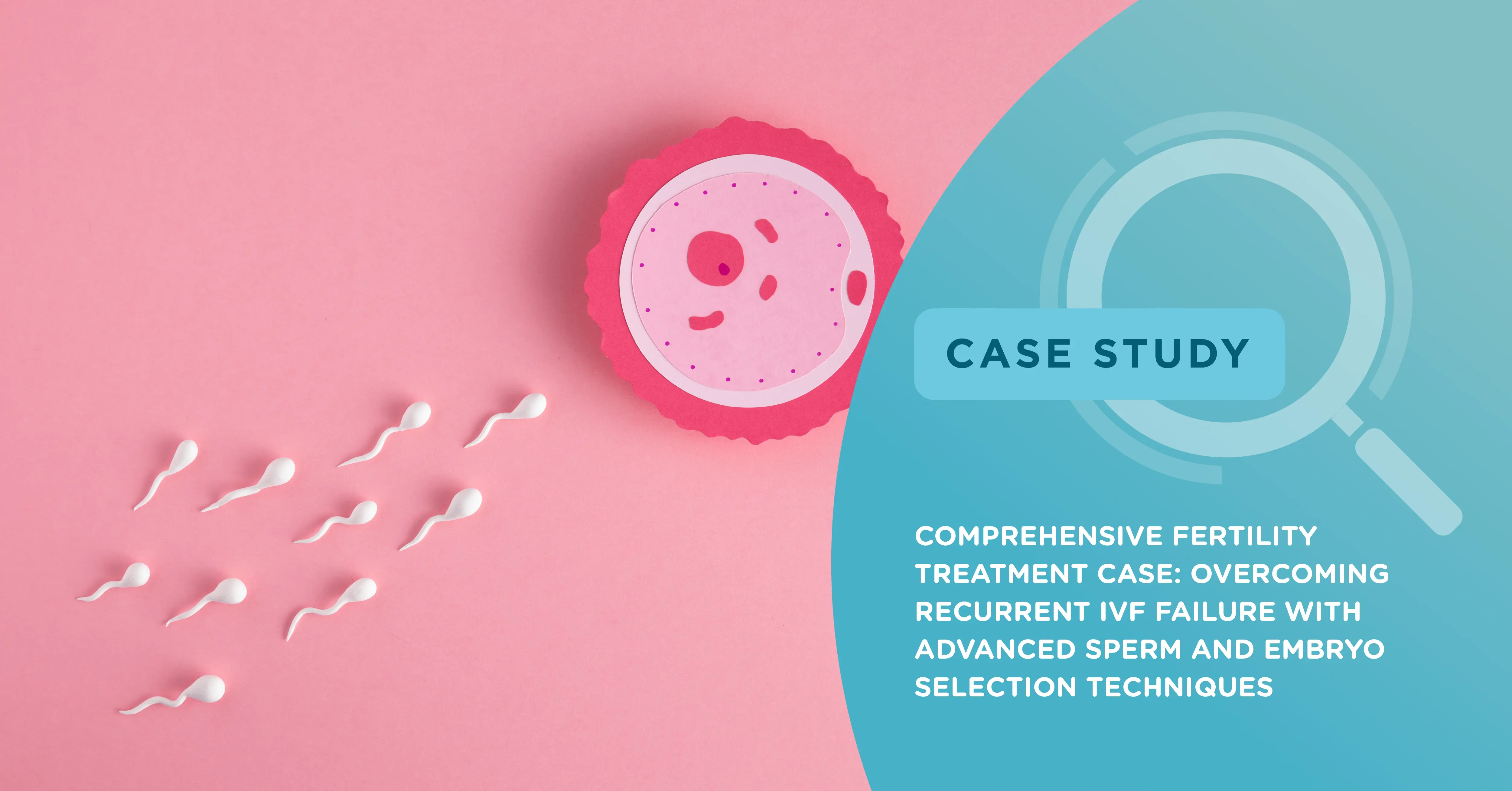
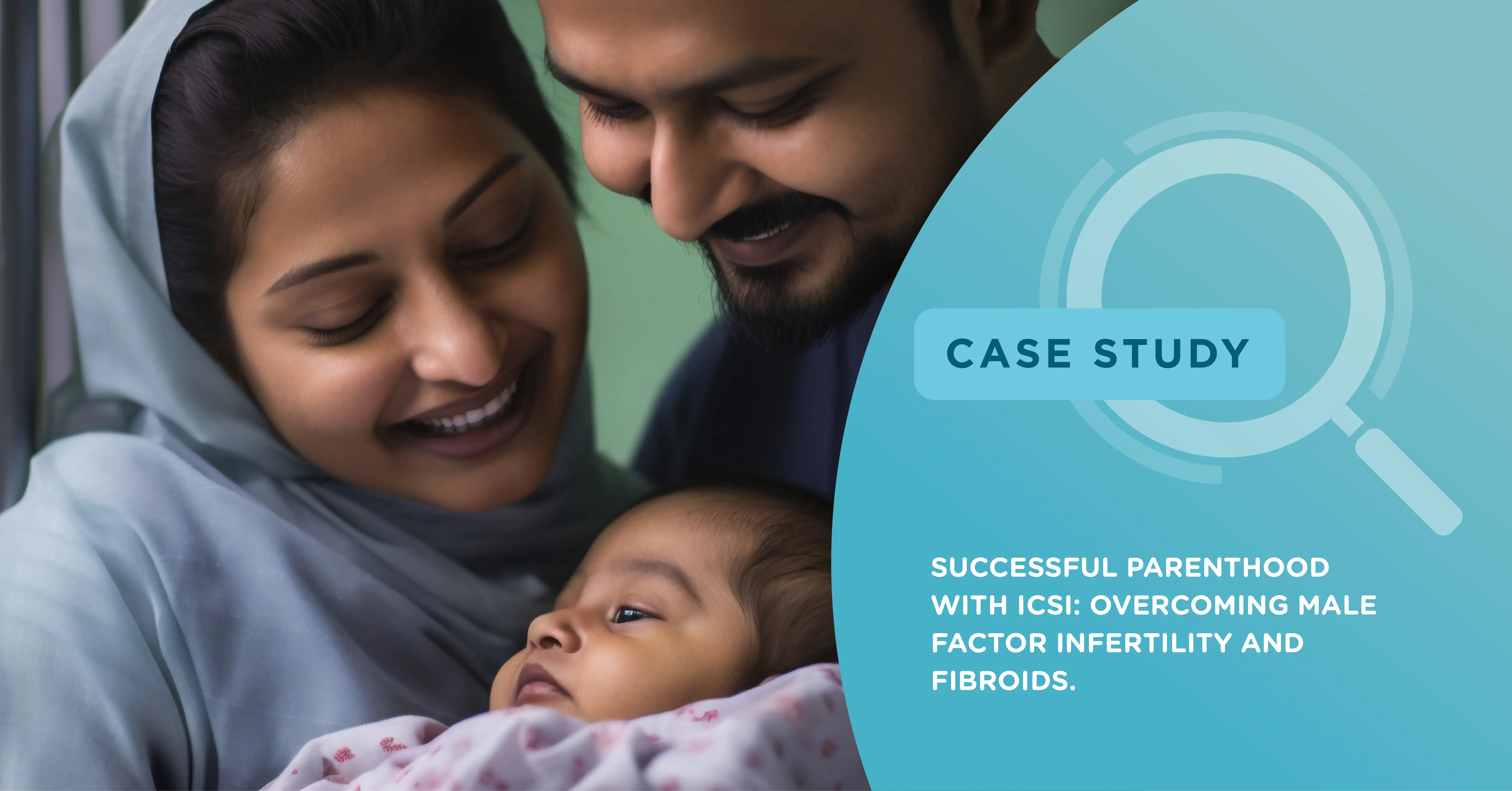
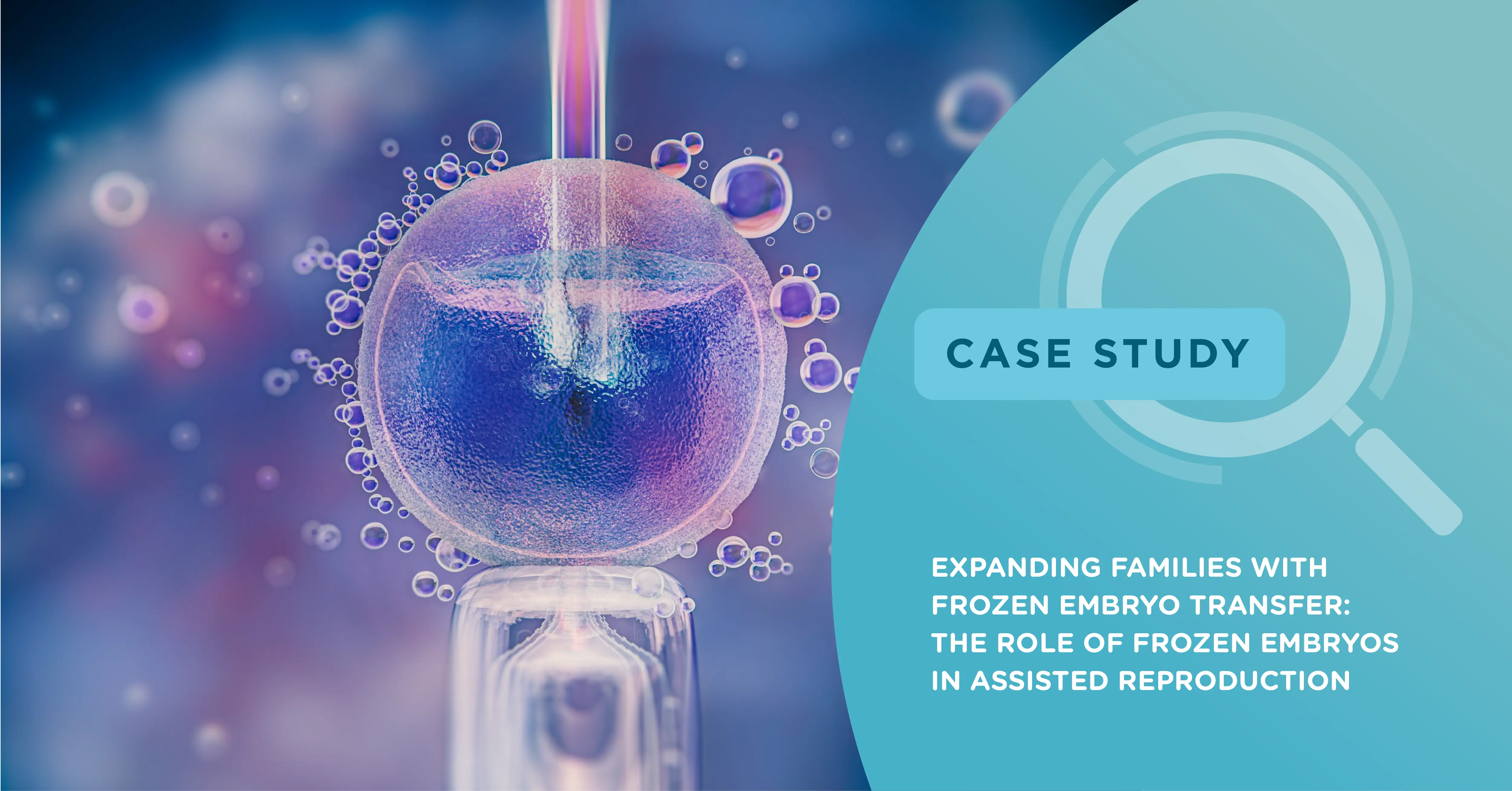

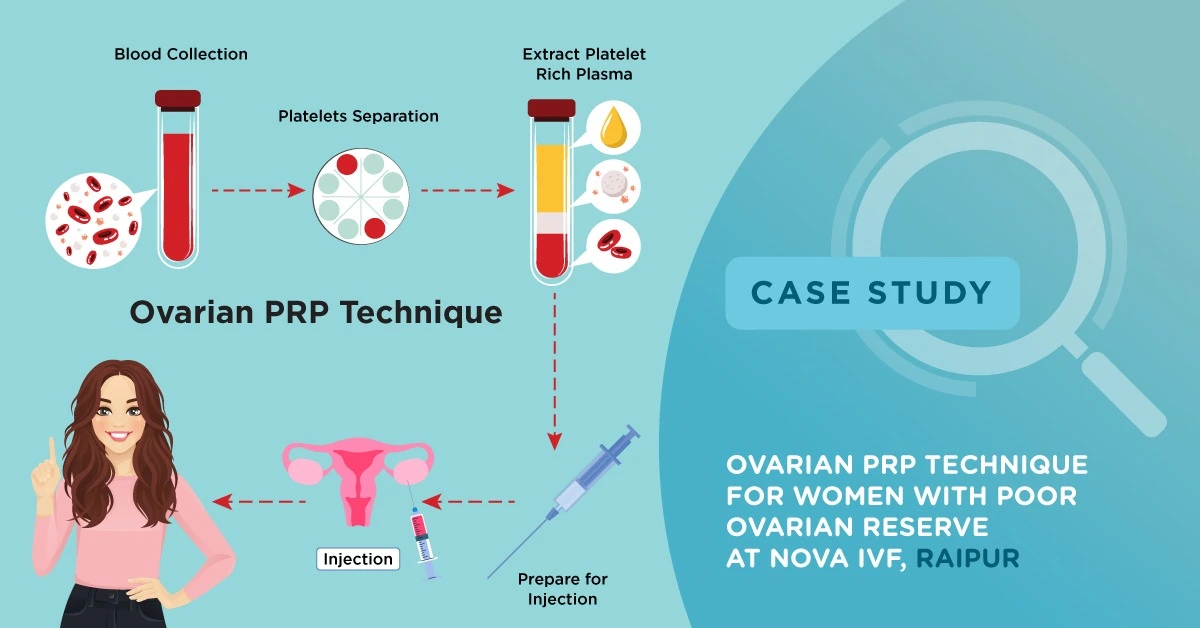
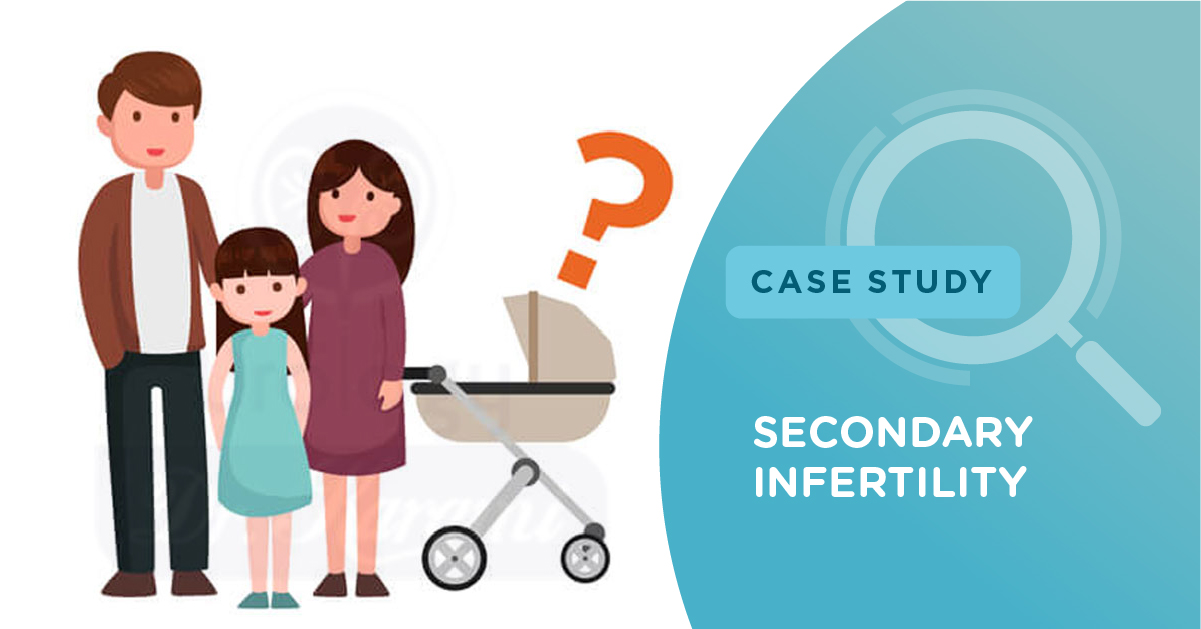
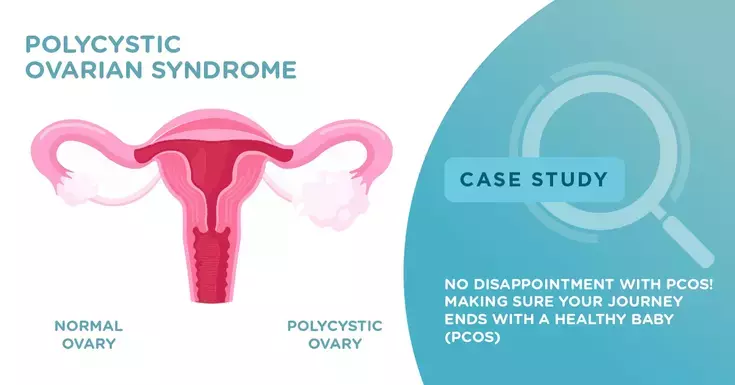






Add new comment